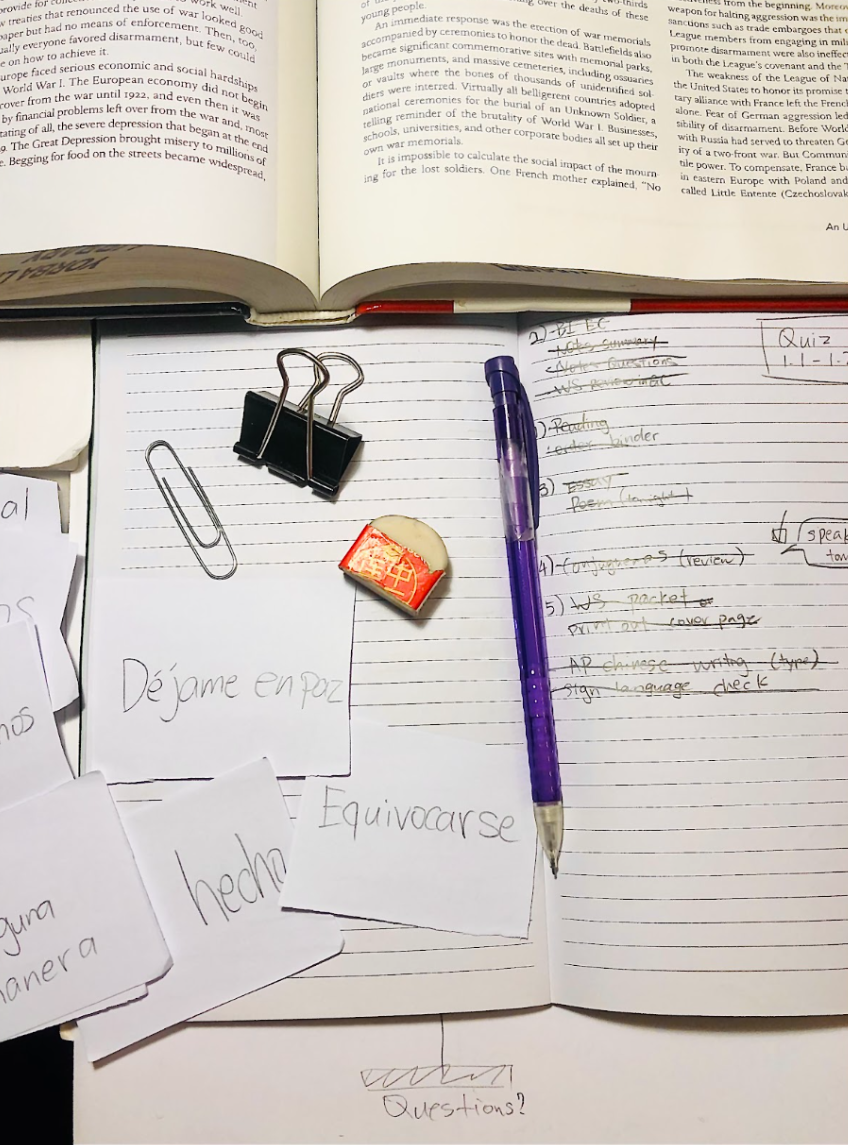Students come from diverse backgrounds, each with their own unique schedules and commitments. While balancing school and other possible academics, students might still have work, family, and personal things to do. Nonetheless, there are many different study methods in the book and online for different people, but they might not adapt to the individuals. Finding out the right strategy for individuals to adapt to a student’s schedule and study habits before graduating high school is beneficial. It will make your study life easier, lessen your struggles, and give you more free time! This article will explore a collection of study methods that can suit students with different schedules.
- The Time-Blocking Technique
Time-blocking is a time management method that can be adapted to different schedules. It involves dividing your day into blocks of time and assigning specific tasks to each block. For example, you can start with existing routines to give you a structure, such as from 8:30 a.m. to 9:25 a.m., school is in first period. Then plug in the different tasks you need to do that day. This method can visualize and organize what you want or need to do during the day and break down large tasks to make them more approachable. It will be a lifesaver for students with chaotic schedules. To make sure your planned schedule works well with you, you can “…evaluate how you’re feeling at the end of the day” (asana.com).
- The Pomodoro Technique
The Pomodoro Technique is particularly effective for busy students, students who don’t have that much energy left to do assignments after a long day, or students who have a hard time focusing on homework. But do not use this if you only have a short time to complete your tasks. This technique involves short studying time to keep students concentrated followed by a short break. For example, a 25-minute study time followed by a 5-minute break is a typical Promodoro session. To be mentioned, you can adjust the length of your Pomodoro sessions based on your schedule, or energy level.
- Thwart Method
For students with particularly tight schedules during the week, the thwart method can save you a lot of extra study time. It enhances your memory by reviewing the concepts based on the forgetting curve. Try to review what you have learned immediately after class, then 24 hours later, then 1 week later, then a month later. This seems like a lot of work, but when you get to the quiz or test, you will notice that you don’t need to sit at your table for hours trying to get the information back into your brain. You can just scan through, and you will associate all the knowledge and existing concepts together. Not only this, students can better retain information and combat the natural decline in memory over time, ensuring better long-term retention of what they learn. “This is known as “spaced learning” (mindtools.com).
- Sticky Notes Method
When time feels scattered and there’s no big chunk for studying, “[m]ove completed goals to a “Done” section, providing a visual sense of achievement and motivating you to stay on track”(campuspress.yale.edu). First, figure out the fragments of time you have throughout the day. For instance, between classes, during breaks, when waiting for lunch, or sitting in the car. Next, grab a sticky note and write down the important keywords from your notes or readings. Please note that you only need the key phrases, not long paragraphs! Then, make connections between those points or keywords. If you’re stuck, try finding your way out instead of copying the exact answer. This method is only recommended if you’re super busy and can’t really find time. Remember, enjoying a good rest time is equally important too.
- Self-quizzing
Students can use this method while walking, eating, or before going to bed. Ask yourself some questions about the material you are studying. These questions can be about key concepts, details, or anything you want to remember. Then, try to answer these questions in your head without looking at your notes or any outside resources. Come up with diagrams or examples that relate to the topic and mentally go through the steps or explanations. If you can’t remember something, pause and try to retrieve the information. Reflect on what you have remembered and what you may still need to work on. It’s all about actively engaging your brain to recall and reinforce what you’ve learned. “Students [can] get performance feedback after attempting each practice quiz question, allowing them to adjust their approach before answering the next question” (boisestate.edu).
- Mistake Notebook
“Mistake book is a diary where you can right all the questions you made wrong in exams. Also the names of weak topics/concepts you have” (quora.com). It’s your secret weapon for learning. This is a dedicated space where you can jot down mistakes or tricky questions you encounter while studying or things you missed on the quizzes. You need to provide details such as where the error came from, why you think you made the error, the correct solution, and your steps to solving this question. Reviewing this notebook can help you understand your weaknesses easily and have a clearer view of what you need to work on more. Ensure you pass the tests by turning your mistakes into opportunities for growth.
…when I don’t get something, I keep working on it, or else I will be upset, so I just don’t give up — Christine Serbu (10)
A student from YLHS stated, “…when I don’t get something I keep working on it or else I will be upset so I just don’t give up.” Christine Serbu (10). In the world of education, one size does not fit all. Students with different schedules must adapt their study methods to maximize their learning potential. By exploring and implementing these tailored techniques, you can improve your academic performance and maintain a healthy work-life-study balance. Remember, study smarter, not harder!




































